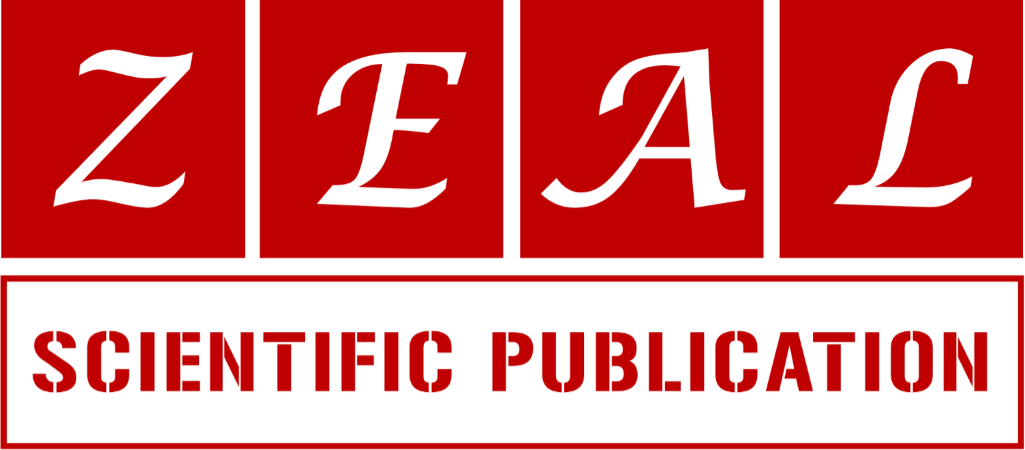Green synthesis of silver nanoparticles from saline tolerant microalgae and their antiviral properties against HIV-1
1 Department of Biotechnology, University of Madras, Guindy Campus, Chennai - 600 025, Tamilnadu, India.
2 Department of School of Bio Sciences and Technology, VIT, Vellore – 632014, Tamilnadu, India.
3 Department of Biochemistry & Biotechnology, Annamalai University, Annamalai Nagar -608002, Tamilnadu, India.
4 Department of Biotechnology, Ganapathi Degree College, Parakal-506164, Telangana, India.
5 Department of Biotechnology, Anand Institute of Higher Technology, Kazhipattur, Chennai-603003, Tamilnadu, India.
6 Government Theni Medical College & Hospital, Theni – 625 512, Tamilnadu, India.
7 Department of Research and Development, Quantee Data Tech Pvt. Ltd., Chennai - 600 086, Tamilnadu, India.
Research Article
World Journal of Advanced Pharmaceutical and Life Sciences, 2022, 03(02), 024–034.
Article DOI: 10.53346/wjapls.2022.3.2.0037
Publication history:
Received on 26 August 2022; revised on 25 October 2022; accepted on 27 October 2022
Abstract:
The microalgae were exposed to silver nitrate (AgNO3) solution and screened for their suitability for production of the nano-silver (nano-Ag). The HIV-1 gag p24 Elisa Assay was used to study the anti-HIV activity of biogenic silver nanoparticles from microalgae Nostoc sp., Lyngbya sp., and Phormidium sp. The antiviral activity of biogenic silver compounds can be explained by their ability to cross the lipophilic membranes and interact with proteins involved in apoptosis. The antiviral activity of silver ion assembled into the V3loop of HIV -GP120. CD4 cell with CXCR4 chemokine receptor binding with its ligand CXCL12 plays an important role in protecting the entry of HIV virus. The role of the extracellular loop from CXCR4 and its mechanism allowed for the binding of HIV glycoprotein. This active site of protein bind with target protein to form protein–protein-ligand interaction to carry out the signals to lead the various pathways such as CXCL12 or SDF-1 protein-mediated kinase, Ras-c-Raf-1-MEK1/2-ERK1/2 dependent pathway, and CD45 cell-mediated pathway. The sulfur-bearing residues located in the glycoprotein knobs would be attractive sites for nanoparticle interaction. Silver nanoparticles are blocked the protease activity of different HIV-1strains with overlooks their tropism. Modification in gp120 among HIV strains is the major determinant site of differing tropism among HIV strains.
Keywords:
Biogenic silver nanoparticles; HIV-1; ELISA; Microalgae; CXCR4
Full text article in PDF:
Copyright information:
Copyright © 2022 Author(s) retain the copyright of this article. This article is published under the terms of the Creative Commons Attribution Liscense 4.0
